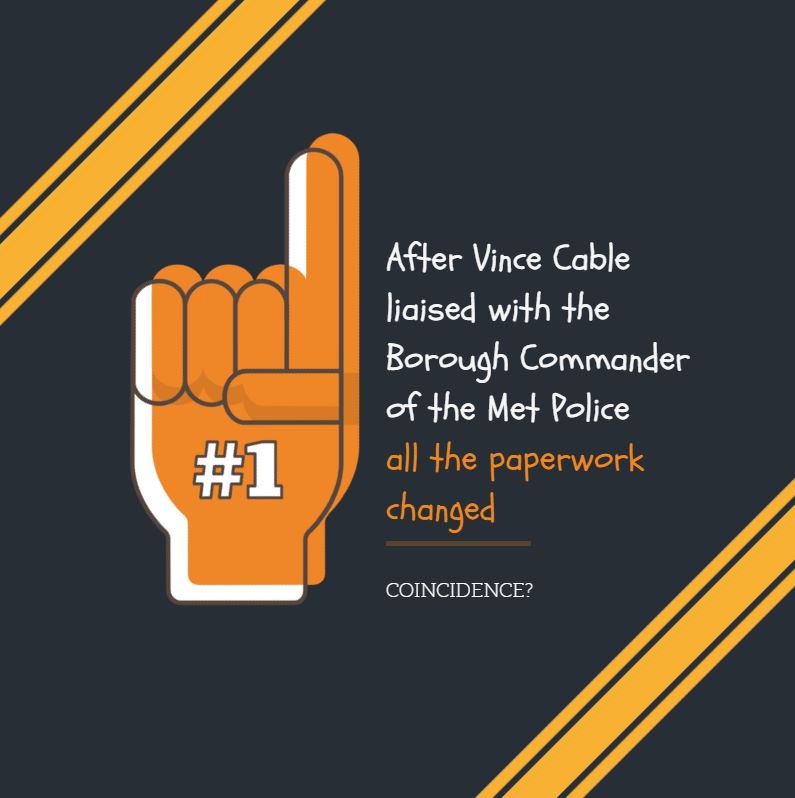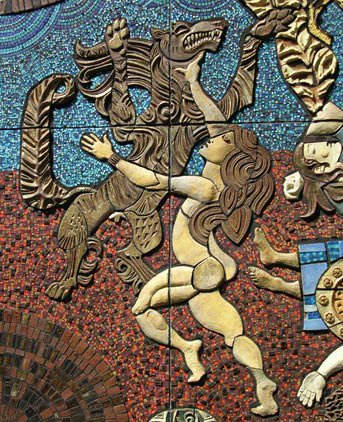In PoS, "the rich get richer!"
We're all guilty of these -- like claiming "PoW is expensive" -- but they don't help us arrive at a meaningful truth.
So let's do that.
Is that prediction accurate?
Both are identical except one is PoS and one is PoW.
Both have the same starting supply, issuance rate, and will increase in value 100% in 5 years.
Bob and Alice, both $-hungry VCs, want to maximize their % ownership of all coins.
Bob buys $1m of POSCoin and immediately starts staking.
Alice buys $1m of POWCoin and hodls.
$1m represents 10% of each respective network.
Relative to one another, who ends up with greater % ownership of the network?
Let's assume Bob is guaranteed a 3% compounding yield (he's not guaranteed but let's put that aside).
In 5 years, Bob will have $2.2m and Alice will only have $2m (recall that both coins doubled in value).
Congratulations Bob.
Case closed?
Not exactly...
1) Bob had higher risk and costs than Alice
2) Bob sacrificed opportunity cost, Alice did not (i.e., these are not closed systems for the love of Satoshi)
In order to stake, Bob had to commit additional capital and operating expenditures (CAPEX and OPEX).
He then had to commit his coins to a staking contract and ensure that his validator node had sufficient uptime (if not he will be punished) and security to prevent against hacks.
His coins are also less liquid than Alice's -- they cannot be withdrawn and sold right away (staking has lock-up requirements). In an emergency, this may cost Bob.
"You're right friend, it is."
How costly is difficult to measure but it cannot be denied that relative to Alice, it is *more risky/costly* for Bob to stake than it is for Alice to hodl in cold storage.
"That may be true for you Karate Kid, but not for Bob. You had to spend countless hours learning those skills. You're also forgetting the 'less liquid' and slashing/hacking risks..."
Because Bob had to stake for 5 years, he could not use that capital to otherwise increase his % ownership of coins.
REMEMBER: the goal is to increase % ownership.
1) Nothing (hodl in cold storage)
2) Lend it at a rate that either matches or exceeds Bob's PoS yield
3) Commit it to some other investment
In this scenario, the time/risk/cost to Alice is arguably even less than to Bob.
Alice just needs to find a reputable borrower.
REMEMBER: these are not closed systems, stop treating them as such!
REMEMBER: the goal of this game is to increase % ownership.
Alice can start a business or invest in equities, whatever she wants.
Meanwhile, Bob is stuck staking at 3% yield.
Poor Bob.
Just as Bob took on risk/cost to get his 3%, Alice needs to take on risk/cost to increase her % ownership of the network.
How much risk/cost will likely dictate the return she can get.
As I've hopefully shown, if the goal is for the rich to get richer, PoS or PoW doesn't materially change that. The rich have many options at their disposal to increase % ownership.
I should add that Alice is also free to exit her position if the price of POWCoin gets really high and then re-buy when it gets lower. Again, this means taking on risk, but it's also a luxury not afforded to Bob.
Poor Bob.
Don't do anything too risky (like staking)!











